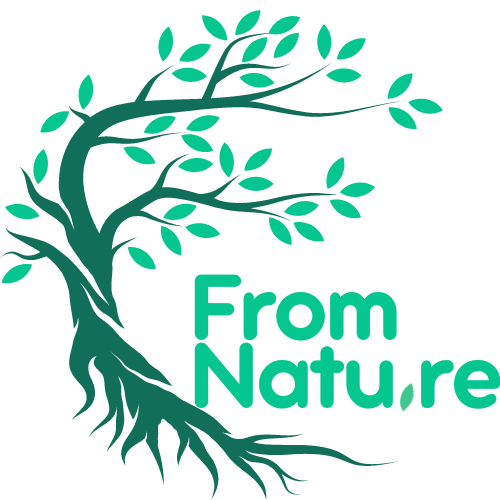Latin name
Sambucus nigra L.
Origin
Europe, Western Asia and North Africa, aside from the mountainous regions.
Used part
The fruit.
Active components
Flavonoids: are known for their antioxidant action but are probably also responsible for the immunostimulant and anti-inflammatory properties.
Anthocyanins: contribute to the antioxidant action.
Lectins (Type II ribosome-inactivating protein, Sambucus nigra agglutinin III): have an antiviral action and inhibit the reproduction of viruses and their adherence to the cell walls.
Tannins: have an astringent and therefore antiseptic effect.
Usage
Elderberry flowers are used for infusions, but are also ideal for the preparation of refreshing lemonades and delicious syrups. In certain regions, these flowers are soaked in a paste to be used to make doughnuts. The berries are edible once cooked and can be used to make jam, syrup and even to produce wine and beer. Both the flowers and the berries are traditionally used to combat a cold. The hollowed stems can be used as whistles, in a practice that dates back to ancient times. Thanks to the presence of anthocyanins and flavonoids, elderberry is a powerful antioxidant capable of protecting the cells against oxidative stress. 1-3 However, it also protects against chills, because it is an immunostimulant. It is possible that certain pectins in the juice of the berries activate the immune system’s non-specific macrophages through the increased production of cytokines.4-5 The flavonoids present prevent the viruses’ ability to infect and replicate.6,7,8,9 The lectins and gallic acid also contribute to this effect. Moreover, elderberry is also active against numerous pathological bacteria. 12 This makes elderberry a broad-spectrum antiviral and antibacterial agent with proven efficacy against colds and influenza-like symptoms.

